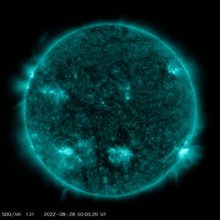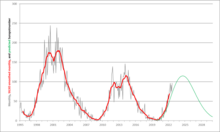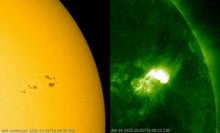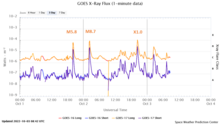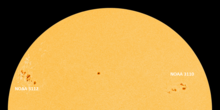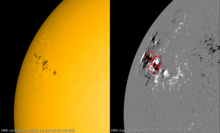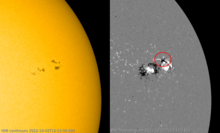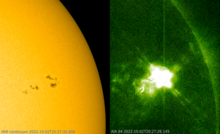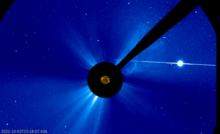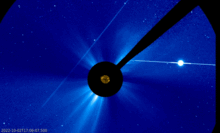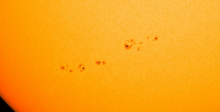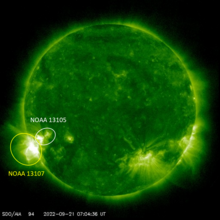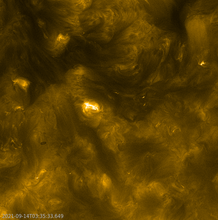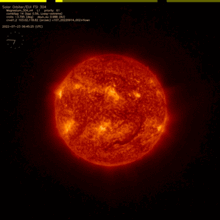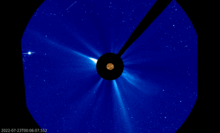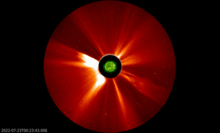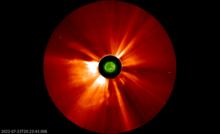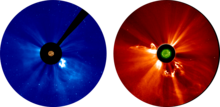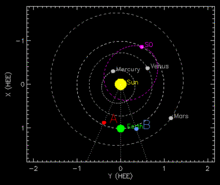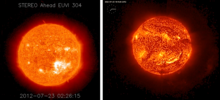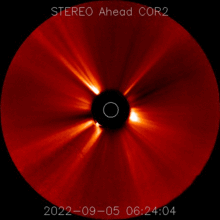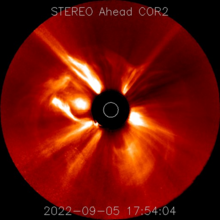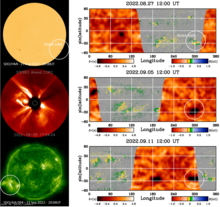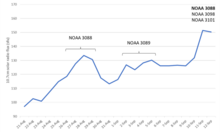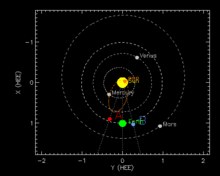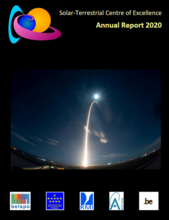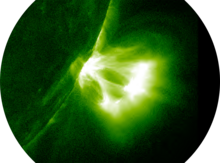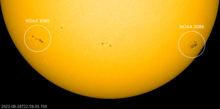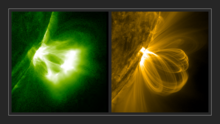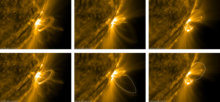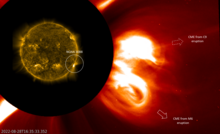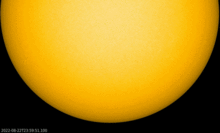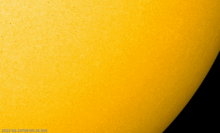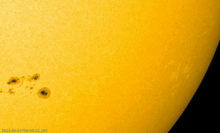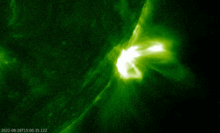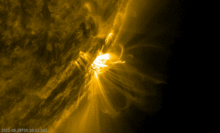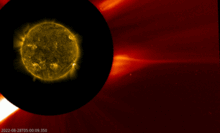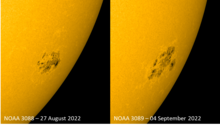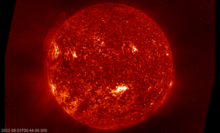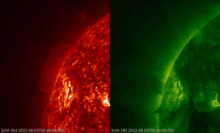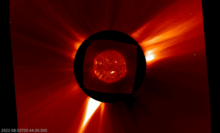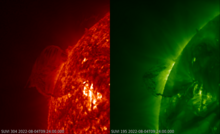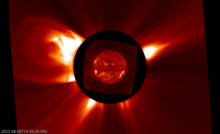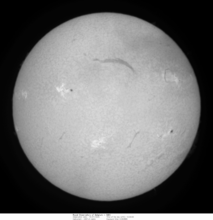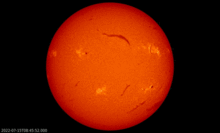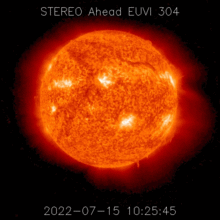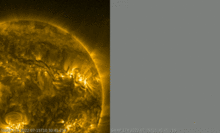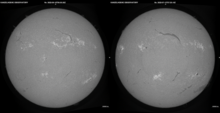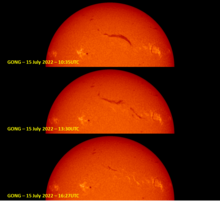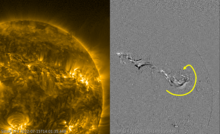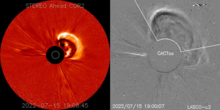news
Submitted on 2022-10-10
The STCE's SC25 Tracking page has been updated to reflect the latest evolution in some critical space weather parameters for the ongoing solar cycle 25 (SC25).
Submitted on 2022-10-03
On 1 and 2 October, the Sun produced an M5, an M8 and an X1 flare. The source was not the large and complex active region NOAA 3112, but the much smaller and somewhat simpler NOAA 3110.
Submitted on 2022-09-28
In white light, NOAA 13105 and 13107 looked like rather big and complex sunspot groups when they rounded the solar limb, but flare-wise they were quite a disappointment.
Submitted on 2022-09-21
The Royal Observatory of Belgium hires a full-time scientific collaborator, who will play a central role in ROB’s research on campfires.
Submitted on 2022-09-20
On 23 July 2022, 10 years after the Carrington-like event that happened on the same day, the Sun produced another quite strong event - again on its farside. Imagery by the Solar Orbiter has now revealed that the source was an erupting filament.
Submitted on 2022-09-13
Two weeks after its flaring departure over the solar west limb, active region NOAA 3088 has returned near the southeast limb.
Submitted on 2022-09-12
Better late than never, the STCE Annual Report 2020 is now available.
Submitted on 2022-09-06
Two relatively large sunspot groups dominated the overall solar activity last week, with active region NOAA 3088 the source of some spectacular flaring events.
Submitted on 2022-08-09
A prominence rotating over the northeast solar limb reached an apparent height of well over 100.000 km on 4 August.
Submitted on 2022-07-18
A 370.000 km long filament erupted near the Sun's central meridian shortly after noon on 15 July.
Pages
Zircon - This is a contributing Drupal Theme
Design by
WeebPal.

